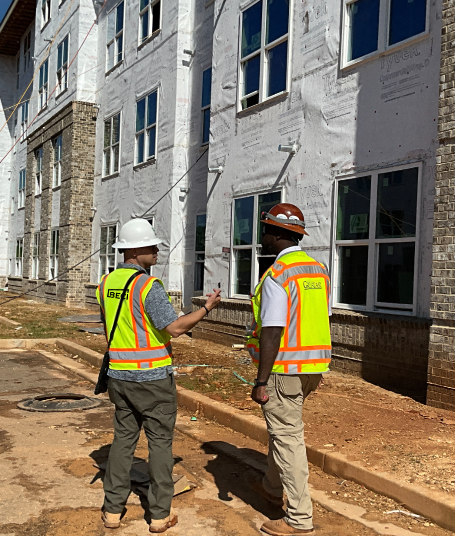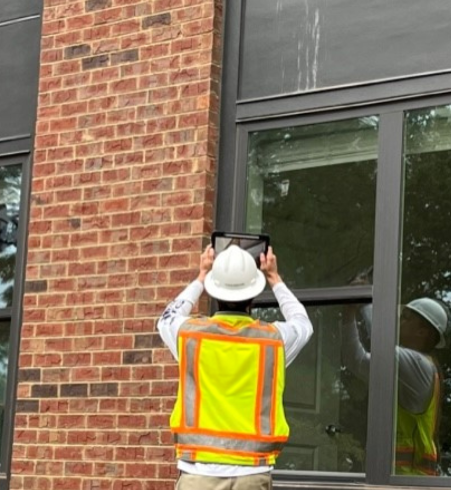In today’s fast-paced industrial landscape, the need for efficient and reliable operations has never been greater. Preventative maintenance (PM) plays a crucial role in ensuring the longevity and performance of machinery and equipment. Central to an effective PM strategy are preventative maintenance reports, which provide valuable insights into the health and status of equipment. This article explores the significance of preventative maintenance reports, their components, and best practices for leveraging them to enhance operational efficiency. Unlike reactive maintenance, which occurs after a failure, preventative maintenance aims to address potential issues before they escalate into costly repairs or operational downtime. By conducting regular inspections, cleaning, lubrication, and parts replacements, preventative maintenance ensures that machinery operates smoothly and efficiently, reducing the risk of unexpected failures. Clearly define the objectives and priorities of the roof maintenance plan. Are you aiming to extend the lifespan of the roof, minimize leaks, or enhance energy efficiency? Identifying specific goals allows you to tailor your maintenance activities accordingly and allocate resources effectively. Prioritize tasks based on factors such as safety concerns, regulatory requirements, and potential cost savings. A comprehensive preventative maintenance report typically includes several key elements. First, it contains detailed information about the equipment being maintained, such as the model, serial number, location, and installation date. This is followed by a maintenance schedule outlining the frequency of maintenance activities, whether daily, weekly, monthly, quarterly, or annually. Inspection checklists detail specific items and components to be inspected, along with criteria for their evaluation, which may include visual inspections, performance tests, and measurements. The report also documents maintenance actions taken, such as cleaning, lubrication, parts replacement, and adjustments, along with any corrective actions. Additionally, condition monitoring data, such as vibration analysis, temperature readings, and oil analysis, is included to track the equipment’s condition over time. Finally, the report contains comments and recommendations from the maintenance technician, noting any anomalies detected, potential issues, and future maintenance suggestions, as well as signatures and approvals from the technician and supervisor. Preventative maintenance reports offer numerous benefits. Improved equipment reliability is a primary advantage, as regular maintenance helps identify and address issues before they lead to equipment failure, enhancing overall performance. Cost savings are another significant benefit, as preventing breakdowns reduces the need for expensive repairs and minimizes downtime. Enhanced safety is also achieved through regular inspections and maintenance, ensuring equipment operates safely and reducing the risk of accidents and injuries. These reports provide valuable data for informed decision-making, allowing organizations to analyze trends, identify recurring issues, and make strategic decisions about equipment replacement, upgrades, and maintenance scheduling. Additionally, many industries are subject to regulations requiring regular maintenance and documentation; preventative maintenance reports help ensure compliance with these regulations. Our Services
Preventative Maintenance Reports




Large Project or a Quick Fix? We Do it All.
- Who We Are
- What We Do
Explore Our Building Enclosure Services by Role
Contractors & Construction Professionals
With BECI You Can:
Developers, Architects & Designers
With BECI You Can:
- Join Our Team
- Resources

